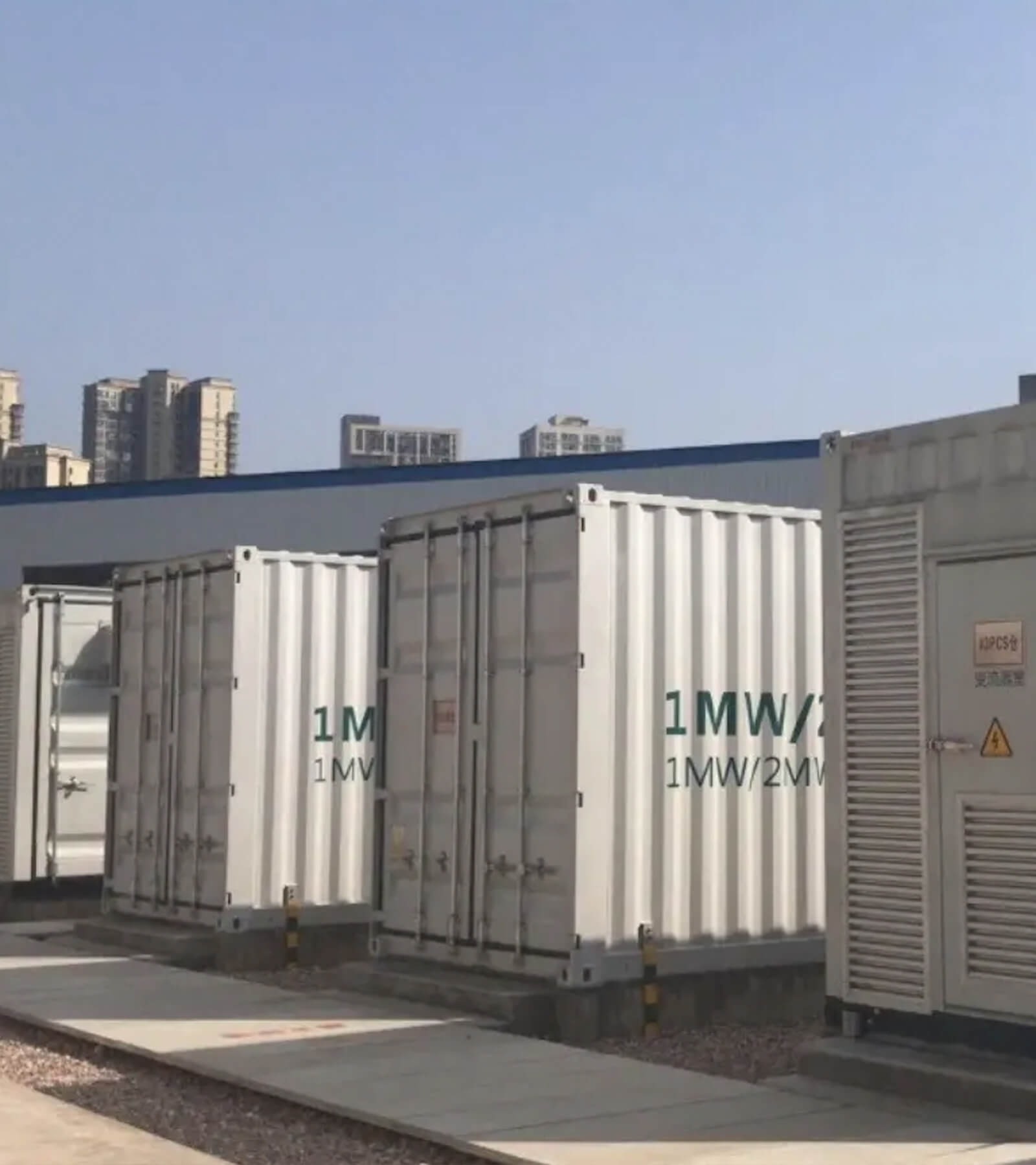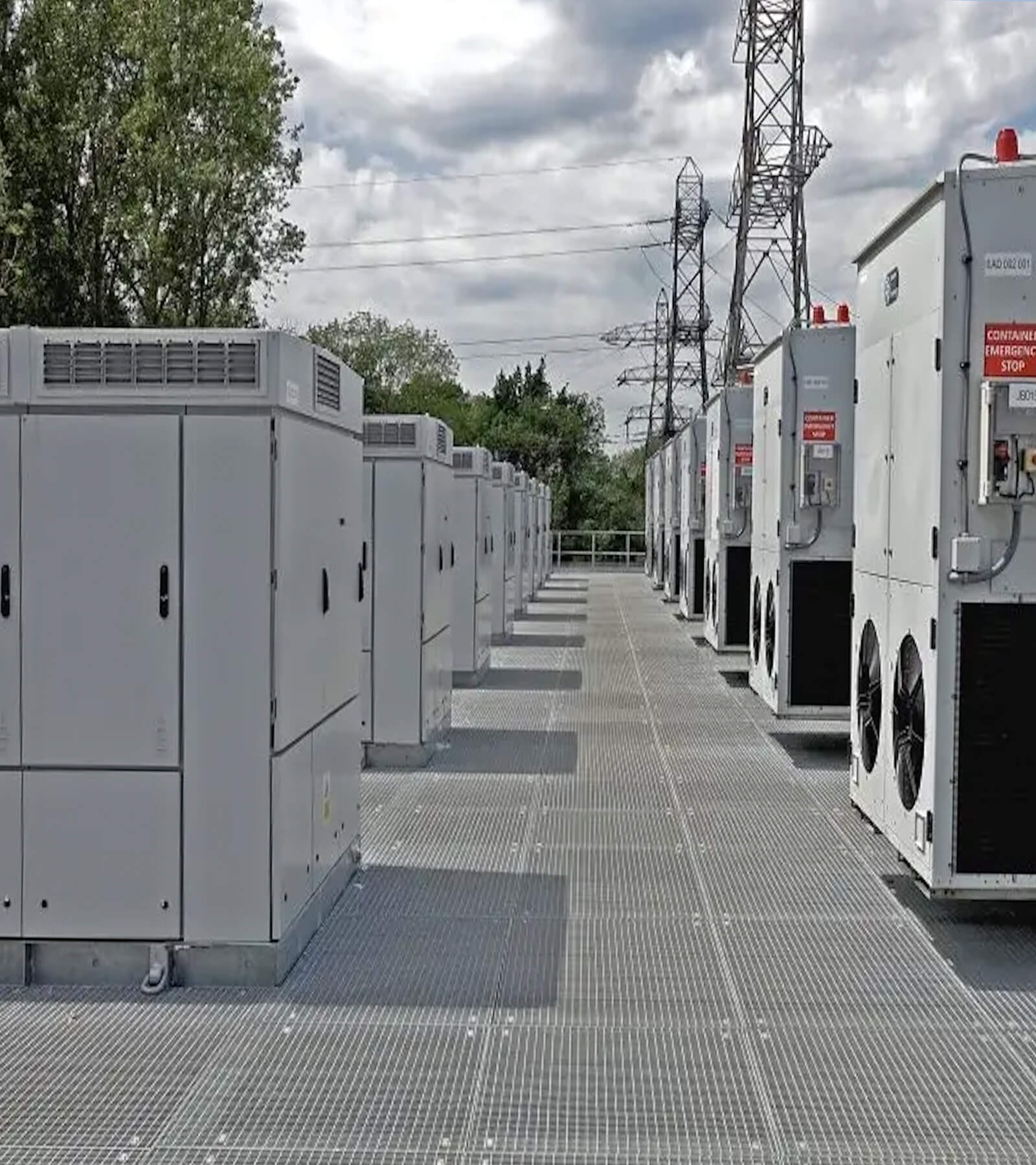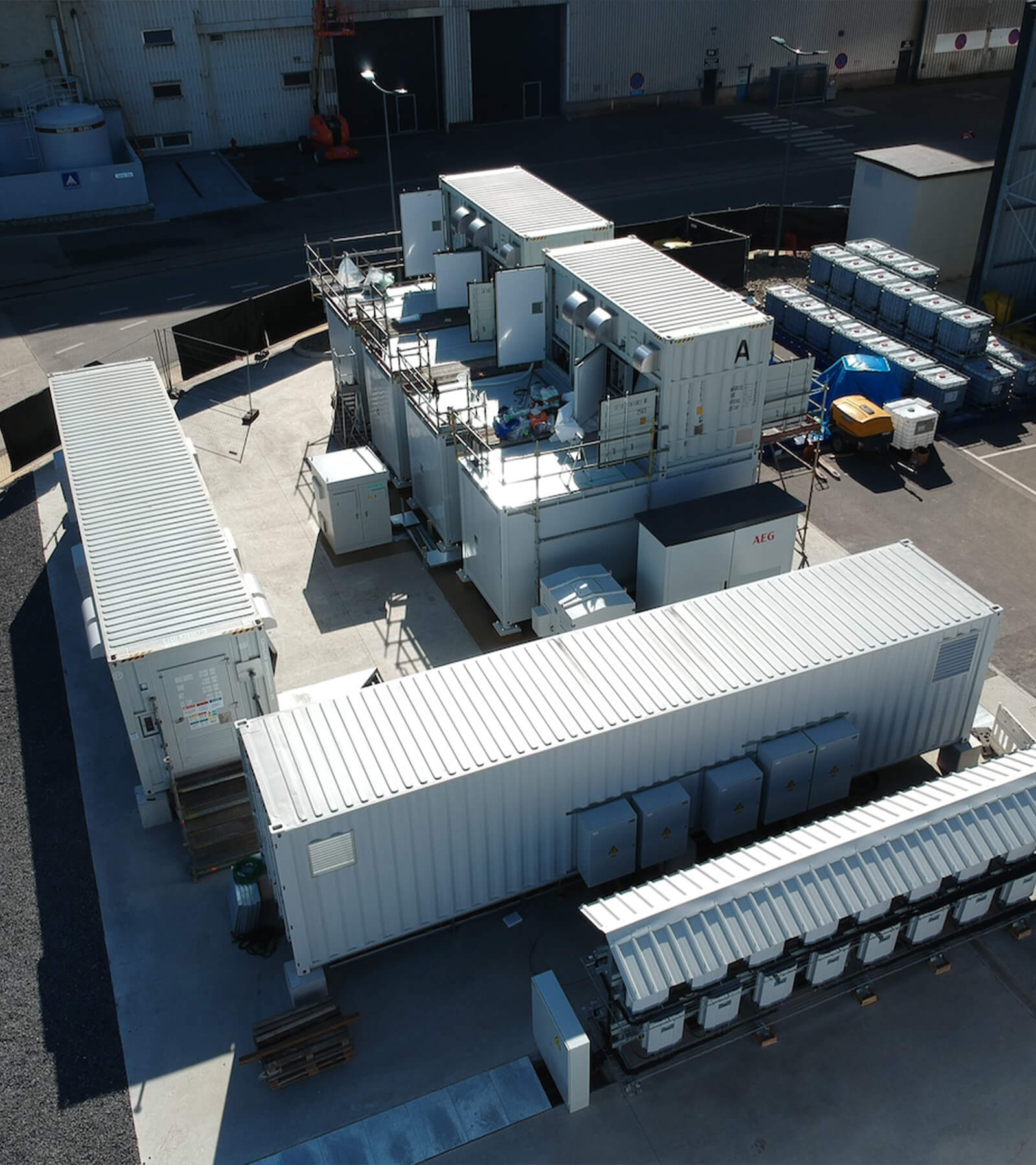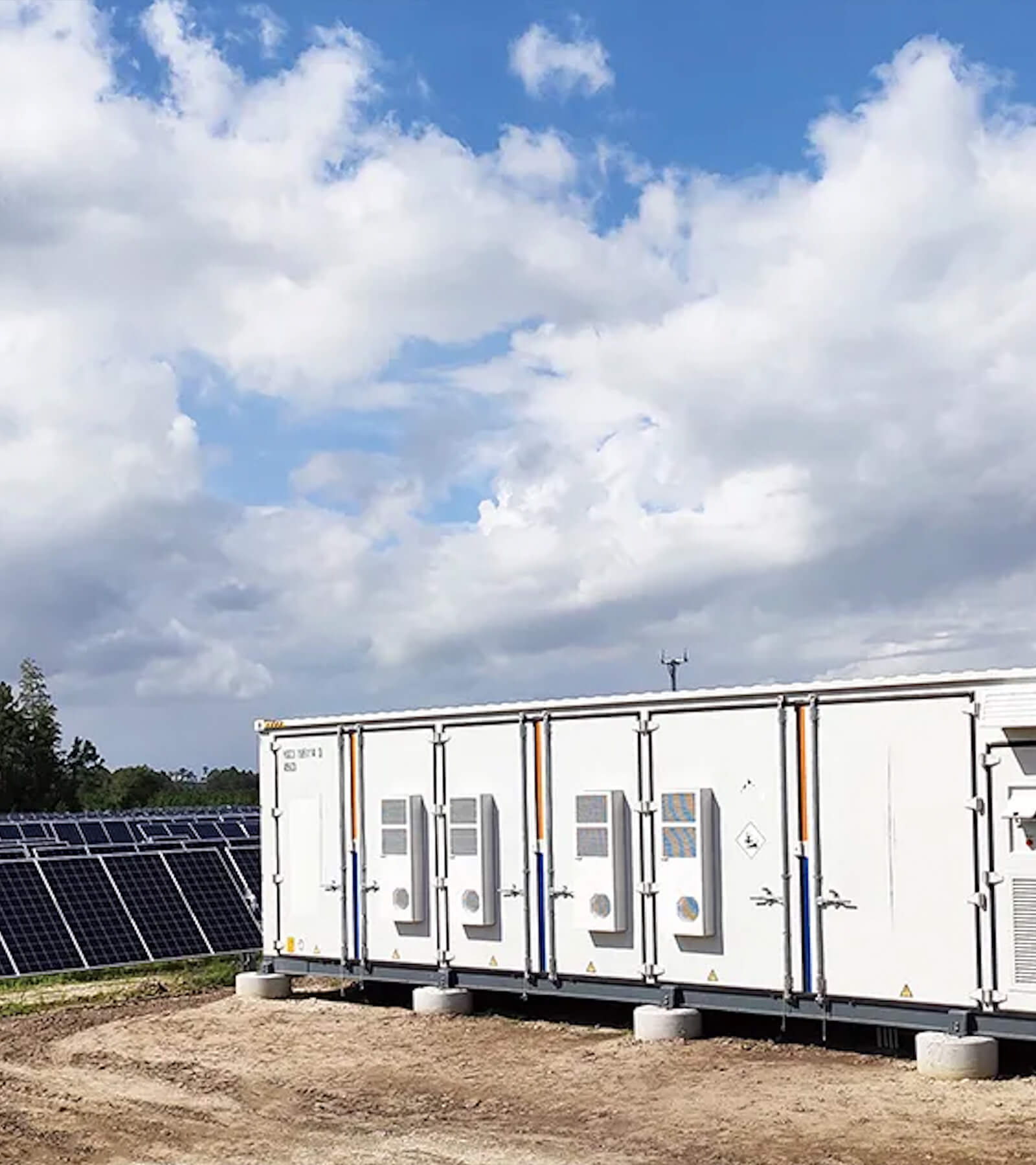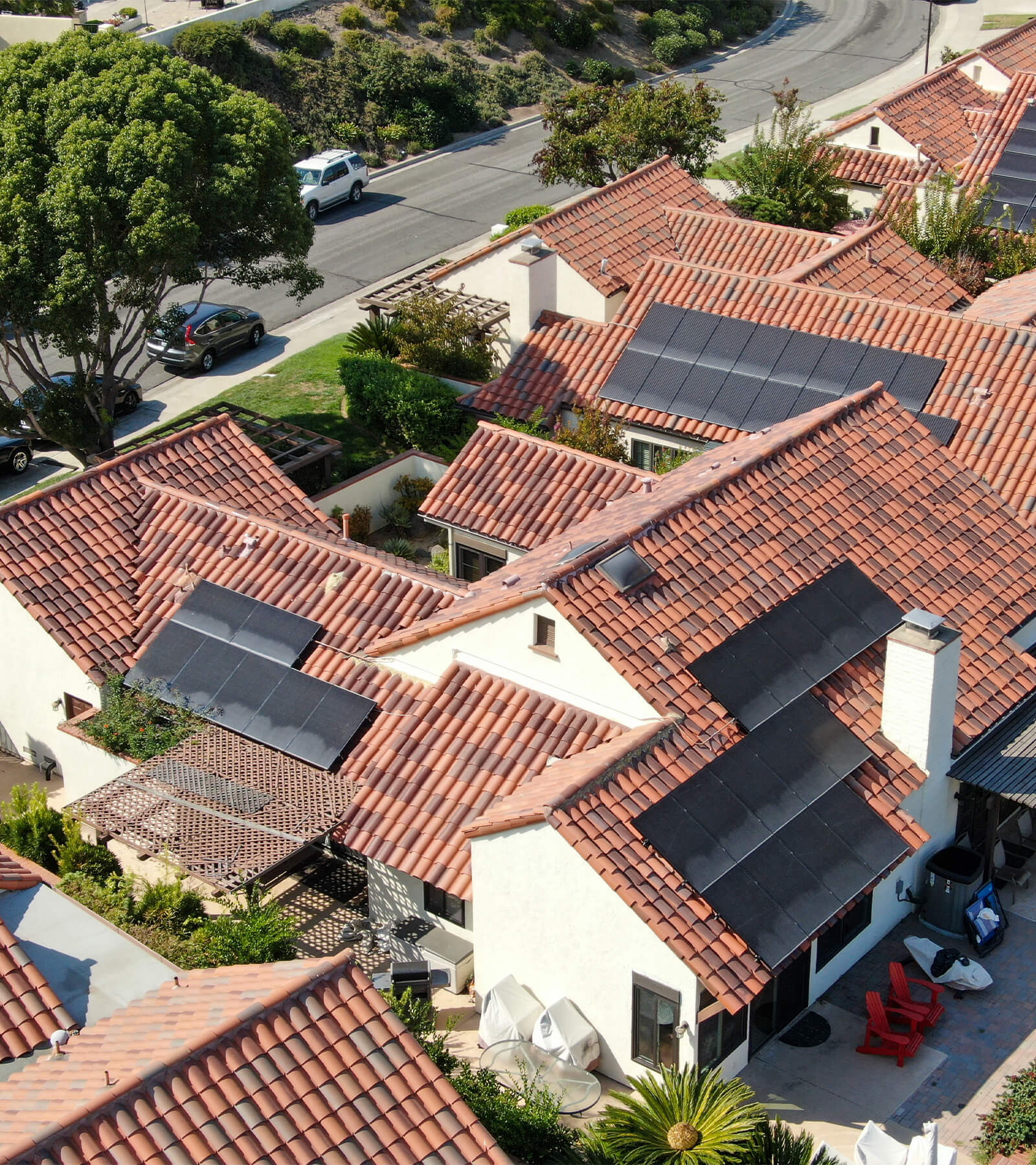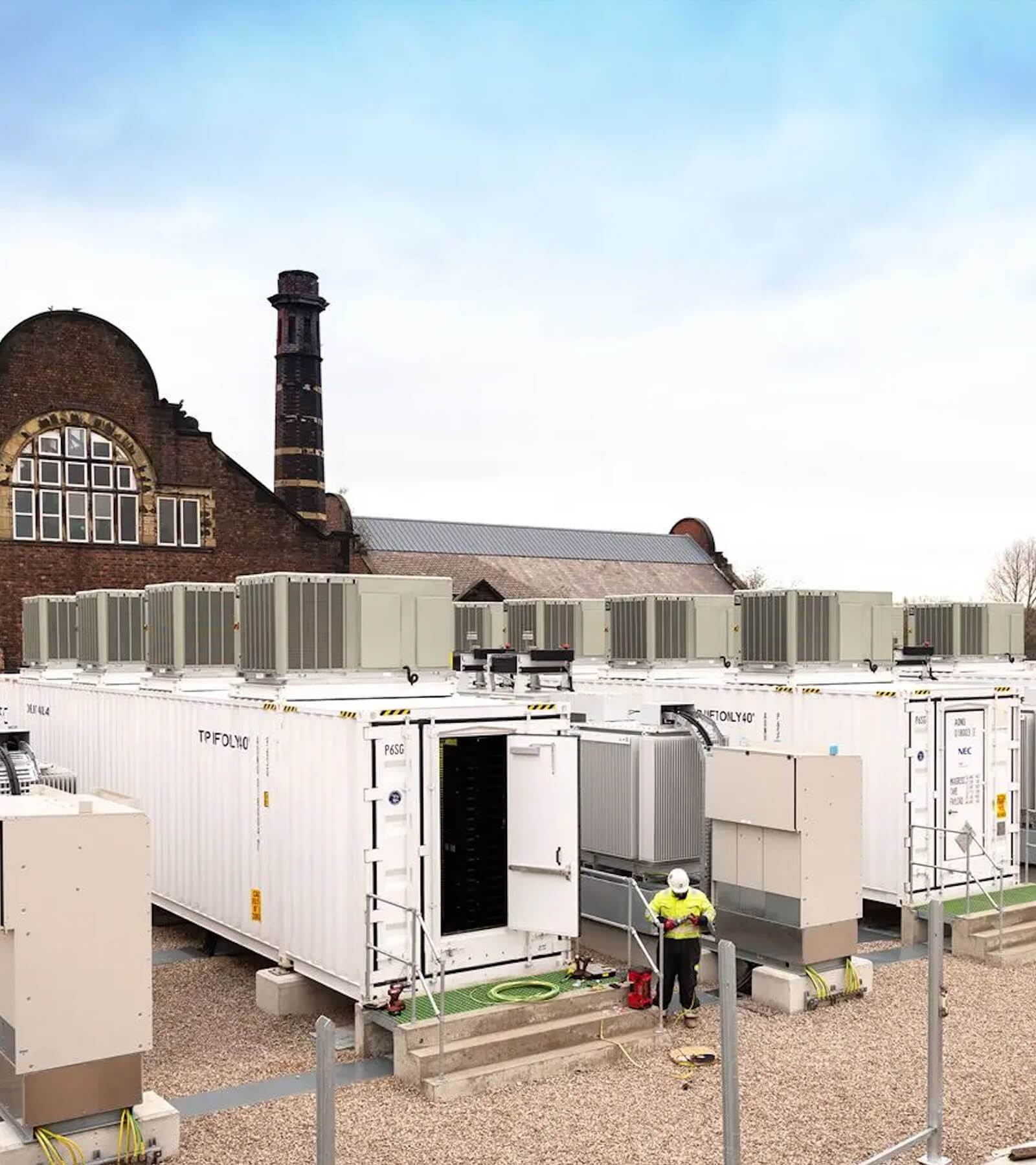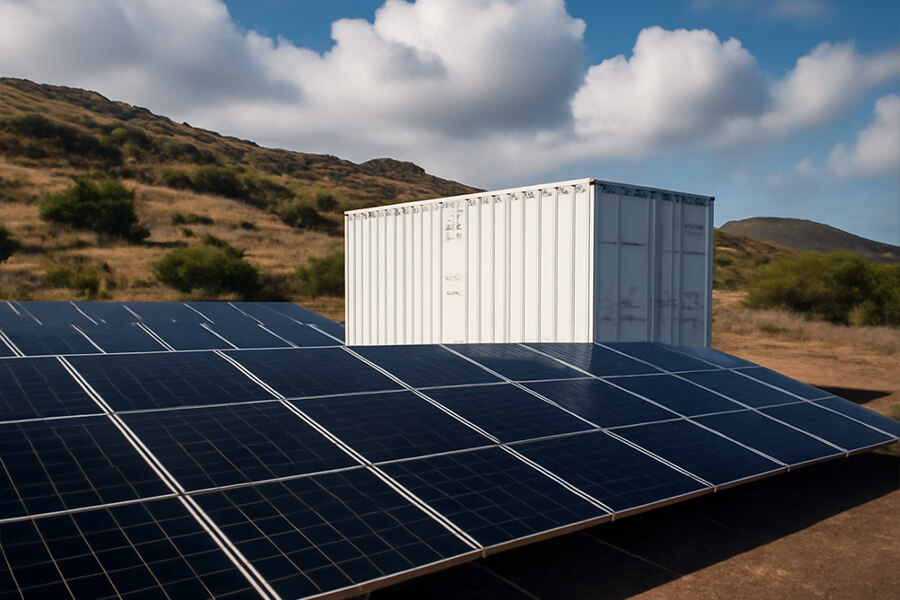Tired of grid upgrade nightmares? Discover how BESS Container Fleet Charging cuts depot costs by 40%+ using overnight trickle-charging and dawn power surges. Demand charges? Consider them ghosted. 👉 Real 2025 solutions inside.
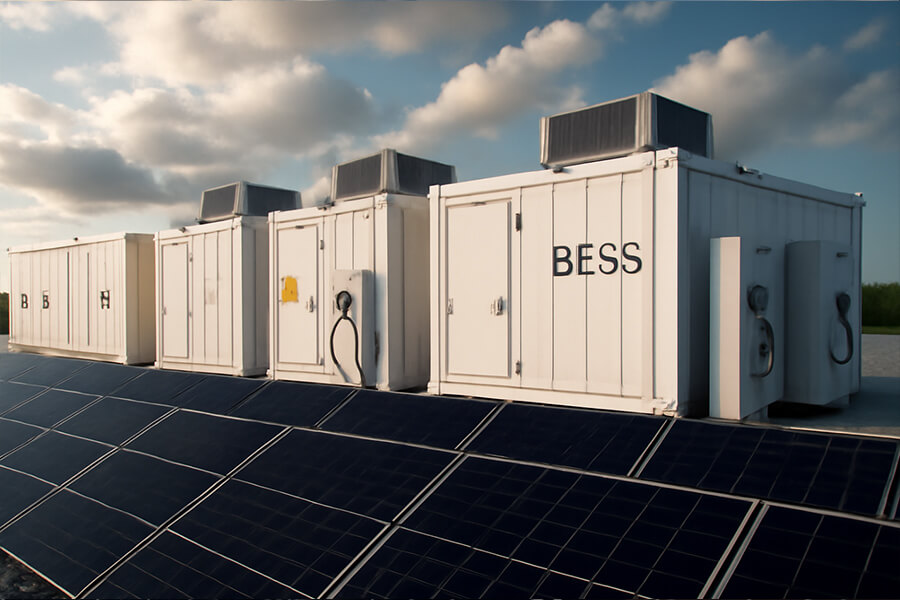
The “Grid Anxiety” Tango
Hook:
“Picture this: Your fleet of 50 electric buses rolls back to the depot at midnight, thirsty for electrons. Suddenly, the local grid operator sends you a love letter—a demand charge so steep, it could fund a small moon base. Welcome to the electrification paradox!“
Pain Points (Fact-Based):
Deploying large-scale EV fleets isn’t just about buying vehicles; it’s about surviving a tango with grid limitations. Here’s why depot operators are losing sleep:
-
Grid Upgrade Bankruptcy:
Connecting dozens of hungry e-buses/trucks requires electrical infrastructure stronger than a double espresso. Current costs? A soul-crushing 500k–2M+ per depot (Wood Mackenzie, 2024).Comparative Grid Upgrade Costs (2024):
| Depot Size | Upgrade Cost Range | Timeline |
|---|---|---|
| 20-vehicle capacity | 900k | 8-14 months |
| 50-vehicle capacity | 2M+ | 12-18 months |
-
Demand Charge Roulette:
Peak charging periods trigger utility “demand charges” – essentially a penalty fee for ambitious electrification. These can spike energy bills by 30–70% (U.S. DOE, 2024), turning sustainability dreams into accounting nightmares.- Real example: A UPS depot in Ohio saw a 47% bill surge after adding 30 e-trucks (Electrek, 2024).
-
Operational Window Whiplash:
Buses need ~250-500kWh charged overnight to hit 80% capacity in ≤4 hours before dawn shifts. Most depots lack grid capacity to deliver this simultaneously:- Standard grid connection: 60-100 kW
- Required for 50 buses: 1.5-3 MW (like powering a small town)
- Result? Charging becomes a logistical game of musical outlets (BloombergNEF, 2024).
The brutal math? Grid upgrades cost more than some fleets’ annual profits, demand charges erase ROI, and operational windows slam shut before vehicles charge. But what if your depot could cheat this system? (Spoiler: It can. Keep reading.)
BESS Containers: Your Grid’s Chill Pill
The “Grid-Lite” Solution (With Punchlines):
“BESS containers are like that friend who pre-games quietly at home, then shows up at the party ready to power 10 margarita blenders at once. No grid meltdowns, no tearful utility negotiations. Just pure, unadulterated electron sorcery.”
How It Works (The Tech Behind the Magic):
Here’s where the “grid-lite” depot revolution unfolds:
-
Overnight Trickle Charge (Stealth Mode):
- BESS containers quietly sip power from the grid during off-peak hours (12 AM–5 AM) at 0.08–0.12/kWh rates.
- Demand charges? Avoided like a telemarketer’s call (U.S. Energy Information Administration, 2024).
-
Rapid Discharge at Dawn (Beast Mode):
- At 4 AM–6 AM, each container unleashes 150–300kW per vehicle simultaneously.
- Real-world proof: Schneider Electric’s Hamburg depot charged 40 e-buses in 110 mins using this surge tactic (Schneider Electric Case Study, 2024).
-
Infrastructure Diet (The $1.2M Savings Salad):
- BESS slashes grid upgrade needs by 60–80%, turning “impossible” depot projects into plug-and-play realities:
| Solution | Grid Upgrade Cost | Peak Grid Load | Deployment Time |
|---|---|---|---|
| Traditional Upgrade | 2M | 2.5–3 MW | 12–18 months |
| BESS Container | 400k | 0.5–0.8 MW | <3 weeks |
Source: BloombergNEF 2025 Fleet Report
Key Stats (The “Mic Drop” Section):
- Cost Savings: 40% lower 10-year TCO vs. traditional upgrades (Rocky Mountain Institute, 2024).
- ROI Speed: BESS pays for itself in 2.3 years avg. (vs. 7+ years for grid upgrades) (Wood Mackenzie, 2025).
- Scalability: Stack containers like LEGO® blocks – Berlin’s 200-bus depot uses 8× 500kWh units for 4 MW surge capacity.
“Think of BESS as your depot’s caffeine IV drip: It lets your grid sleep peacefully while your fleet gets juiced for the morning rush. The utility never even notices the party happened.”
Real-World Wins: No Unicorns Harmed
“Demand charges? More like demand snitches. BESS containers helped these fleets ghost them completely – while saving enough cash to buy a small island.”
Case Study 1: Berlin’s BVG Buses (2024)
Berlin’s transit operator faced a nightmare: Charging 200 e-buses would spike grid demand by 3.2 MW – triggering $92k/month in demand charges. Their BESS solution?
| Metric | Before BESS | After BESS Containers |
|---|---|---|
| Peak Grid Draw | 3.2 MW | 0.4 MW (88% ↓) |
| Monthly Demand Charges | $92,000 | $6,200 (93% ↓) |
| Grid Upgrade Costs | $2.1M (planned) | $0 |
| Charge Time for 200 Buses | 6+ hours | 3.2 hours |
Source: BVG Sustainability Report 2025
The secret? 12× 500kWh containers trickle-charging overnight, then dumping 2.8 MW during the 4-6 AM surge. Even Berlin’s grid operators sent a thank-you note (CleanTechnica, 2024).
Case Study 2: UPS Long Beach Depot (2025)
UPS needed to charge 50 Semis in 90 minutes without a $1.8M grid upgrade. Enter BESS containers:
- Zero Grid Upgrades: Used existing 400V infrastructure
- Charge Speed: 50 trucks to 80% in 87 minutes (avg. 250kW/truck)
- Cost Savings:
- $38k/month demand charge elimination
- $1.1M saved vs. traditional upgrade
- ROI: 14 months (UPS Case Study, 2025)
“The utility bill arrived, and UPS accountants high-fived. Demand charges? Ghosted. Grid drama? Canceled. Their only complaint? The BESS containers didn’t bring coffee.”
Why This Isn’t Magic (Just Math):
- Peak Shaving: BESS covers 92% of surge demand (per BloombergNEF’s 2025 analysis)
- Cost Killers:
- 0.02/kWh∗∗overnightchargingvs.∗∗0.48/kWh peak demand rates
- 60-90% lower infrastructure costs vs. grid upgrades (McKinsey, 2025)
Why Maxbo Solar? (First-Person Section)
“At Maxbo Solar, we’ve seen fleets wrestle with this circus firsthand. That’s why our BESS containers aren’t just battery boxes—they’re Swiss Army knives for depot chaos. Here’s how we turn your electron nightmares into standing ovations:”
What We Deliver (2025 Battle-Tested Facts):
| Feature | Maxbo Solar Advantage | Industry Standard |
|---|---|---|
| Power Capacity | 250kW–1.5MW per container (scalable to 10MW) | 150–800kW |
| Discharge Duration | 2-hour full-power surge (UL 9540 certified) | 45–90 mins |
| Cold Weather Performance | 98% efficiency at -20°C (Oslo bus fleet validated) | <85% below -10°C |
| AI Charge Optimization | 22% avg. demand charge reduction (McKinsey 2025) | 8–12% reduction |
Source: Maxbo Solar 2025 Performance Benchmarks
Global Track Record (No Lab Coats Required):
-
EU Deployment:
- Oslo’s -20°C Bus Fleet: 32 containers powering 120 e-buses with zero cold-weather derating (Nordic EV Report 2025)
- Munich Logistics Hub: 6 containers eliminated $1.4M grid upgrade for 40 e-trucks
-
North American Deployment:
- California School Districts: 18 systems deployed in <90 days post-utility approval
- Avg. ROI: 11.2 months across 31 NA sites (Wood Mackenzie 2025)
Our Pitch (Zero Cape Required):
“We help you charge smarter, not harder. While others sell batteries, we deliver:
- 48-hour depot assessment with digital twin modeling
Plug-and-play deployment in <21 days (per UL 9540)
AI software that outsmarts utility rate hikes like Neo dodges bullets
Skip the grid drama and let’s turn your depot into a silent, spark-filled symphony of efficiency.“
👉 Charge fearlessly: www.maxbo-solar.com/fleet-wizardry
Conclusion: Electrify Like a Boss
“Grid upgrades for fleet charging? That’s so 2023. With BESS containers, you’re not just future-proof—you’re demand-charge-proof. And honestly, watching your utility’s jaw drop? Priceless.”
The 2025 Proof in Numbers:
| Metric | Grid Upgrade Path | BESS Container Path |
|---|---|---|
| Peak Load Management | 0% reduction | 88–93% reduction (BVG 2025) |
| Upfront Cost | 2.5M | 600k |
| ROI Timeline | 5–7 years | 11–18 months (Wood Mackenzie 2025) |
| Demand Charge Savings | $0 saved | 92k/month |
Why This Isn’t Theory (It’s 2025 Reality):
- Cost Cannons Neutralized:
Fleets saved $4.7B globally in avoided grid upgrades last year by using BESS (BloombergNEF 2025). - Deployment Speed:
78% of BESS projects go live in <45 days vs. 18+ months for traditional upgrades (McKinsey 2025). - Demand Charge Annihilation:
AI-optimized charging slashes peak loads by 90% – making utilities “sniff around depots wondering if anyone’s home” (RMI 2025).
Final Call to Action:
“Ready to make ‘grid anxiety’ a retro term?
→ Zero upfront cost leases (yes, we eat the CapEx)
→ 21-day deployment guarantee (or we pay your demand charges)
→ AI that outsmarts utilities 24/7
Drop us a line. Let’s charge into the future—without blowing the budget.“
👉 Crush Your Grid Limits Today: www.maxbo-solar.com/grid-boss

